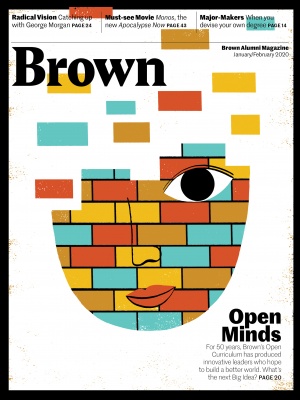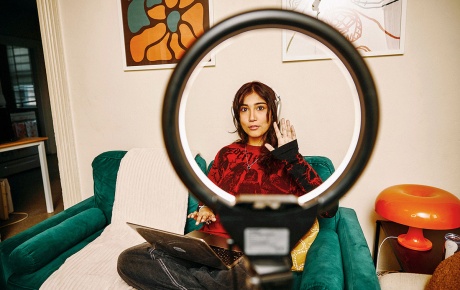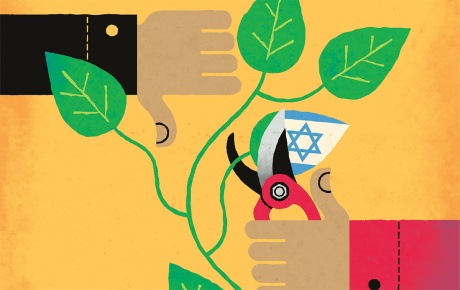2069
Thanks to the Open Curriculum, the University has spent 50 years ahead of the curve in higher education. What innovations will mark the next 50?
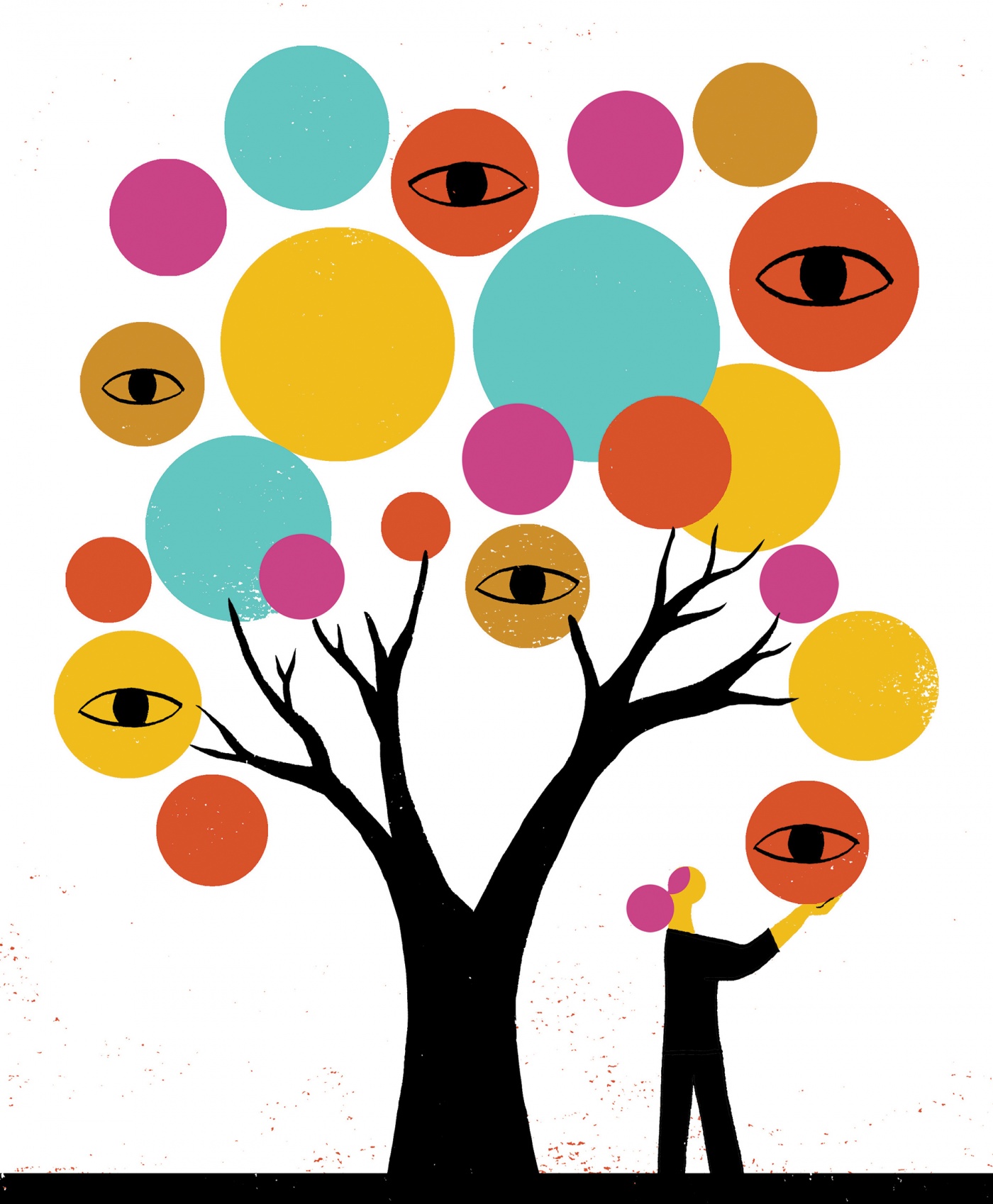
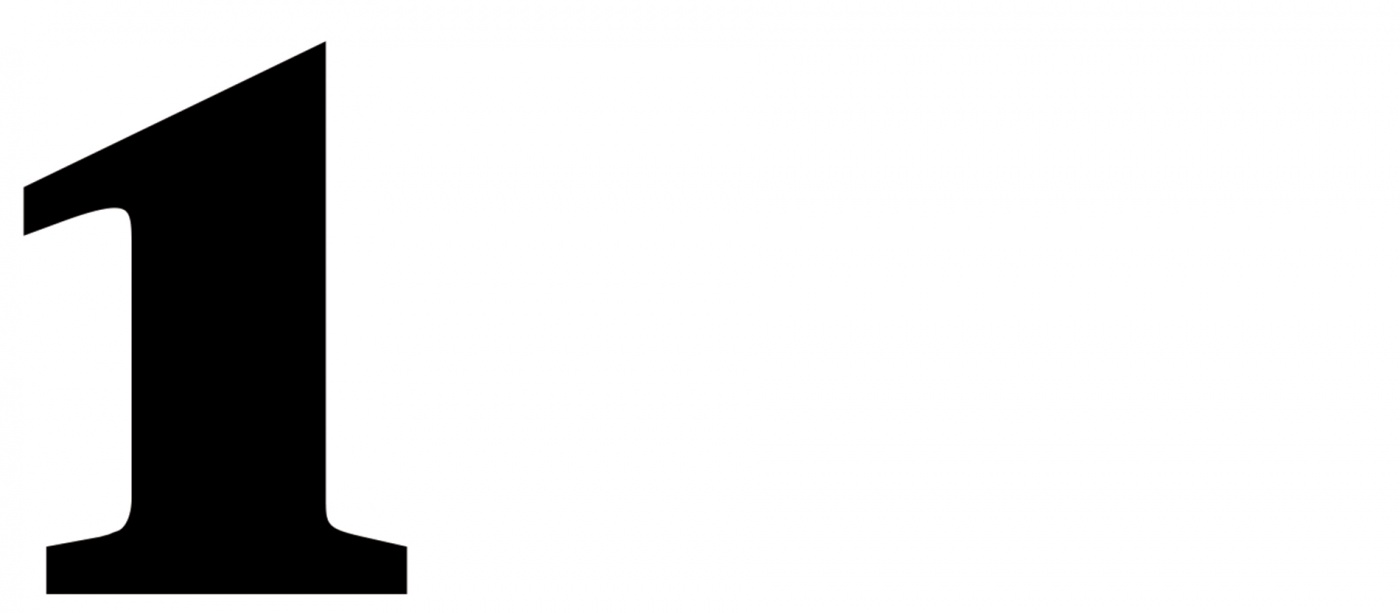
We’ll make more connections
Jonathan Collins, Assistant Professor, Brown University Department of Education
“I think the University’s purpose has been and should be trying to solve some of the biggest problems that we’re facing in the world,” says Collins, a political scientist. Understanding those problems well enough to solve them, however, requires, among other things, that we continue to increase the diversity of the student body, he believes. “Who knows better what’s happening in communities than the kids who spent 18 years there?” Adding a multiplicity of student perspectives to the deep knowledge base and multidisciplinary inquiry at Brown takes the Open Curriculum to a new level on campus. The next step, Collins suggests, is to reach back out to interact with and “empower people who will never even get an opportunity to walk on this campus.” One result might be more effective public policy. For decades, he says, “the public policy agendas that have been pushed on national platforms further and further reflect a divided nation.” This polarization is “only going to deepen if we continue to live in silos, making assumptions about people who are different from us as opposed to having substantive relationships, friendships, dialogues,” he says. “If you come to a place like Brown, the probability of you going on to live in a community where you would interact with people who didn’t graduate from high school is slim to none. So it’s important that while you’re on this campus you get a really thorough understanding of how people are having to navigate their everyday lives. Because our society has become structured such that you will never get the opportunity to do so once you leave these gates.”

We’ll get a lot more real
John Thelin ’69, University Research Professor at University of Kentucky and author of the book, “Going to College in the Sixties.”
Thelin brings up the J word: jobs. He thinks the University should focus its innovative muscle on better aligning the academic experience with an evolving job market, particularly when it comes to graduate education.
“Any college has to acknowledge that its students will be eventually concerned about the economy and their professional future,” Thelin says. “The way that a wise institution will try to do it is not in any old way.”
“What I see,” he continues, “is that, for the first time, there is a surplus of lawyers. Being a medical doctor has changed. What they say is that ‘I make a good salary, but I’m essentially a salaried employee.’ I think these disruptions are permanent. There’s a reconfiguration in many fields—law, medicine, academia.”
Given that, he says, “I hope Brown gives some thought as to what graduate education looks like in a new era. “Let’s say you’ve gone on for your PhD. The profession has changed, there are few opportunities. Even for someone with a PhD from a very good university, the prospect of coming out with an academic career is very, very risky. Brown can rethink what the model of graduate education is. Not always full-time study, but also internships and ways of making advanced studies realistic. One reform would be mixing advanced graduate studies with employment.”
The University could also zero in on finding ways of being creative in figuring out what the landscape is for interesting new employment opportunities for its graduate students, Thelin says.
“An interesting change I notice is the number of think tanks, consortia, associations—a lot of creative opportunities for bright graduates in terms of research that did not exist in an earlier era.
“You can take that same spirit that shaped the New Curriculum 50 years ago to help its students and alumni enter into a vastly different economic order,” Thelin says. “Brown is in a good position to do that.”
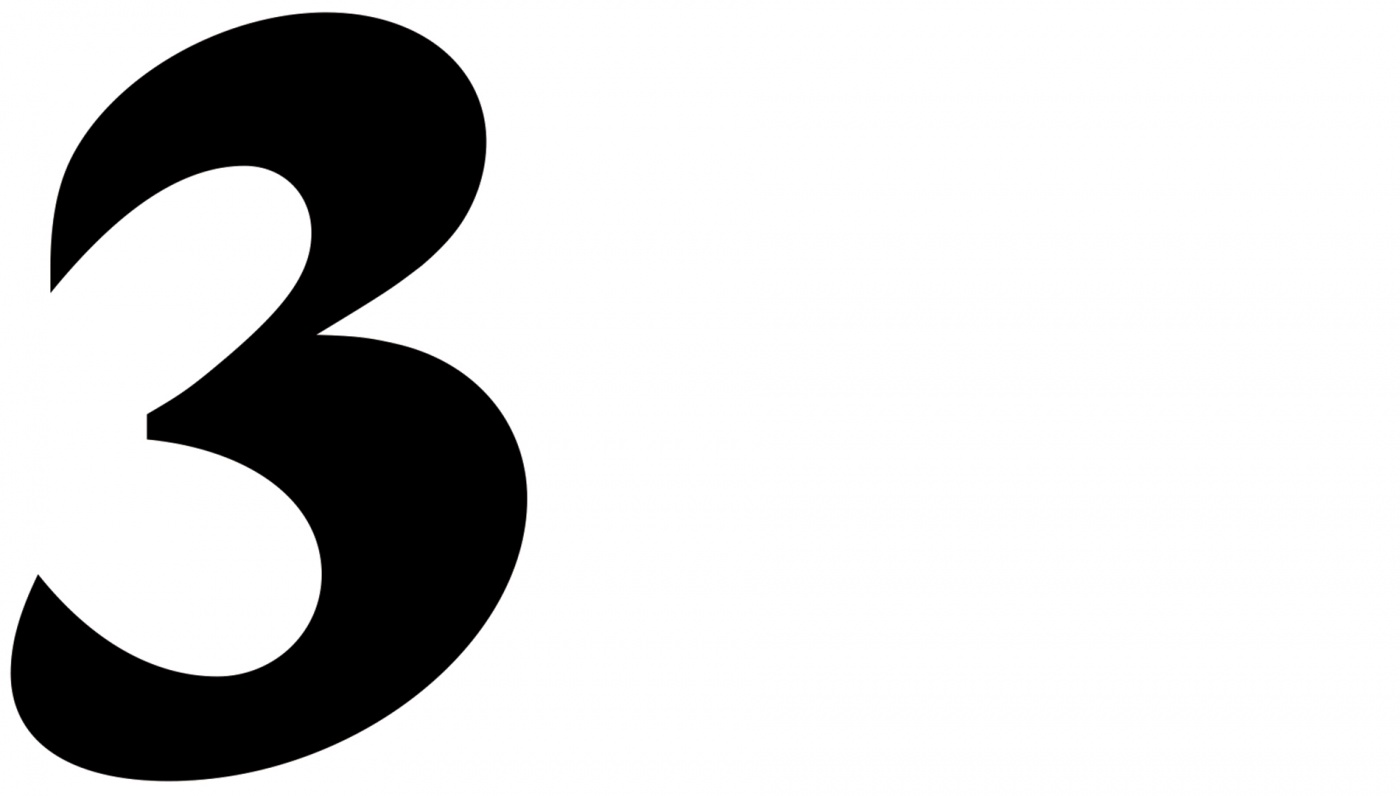
We’ll save the world
Prudence Carter ’91, Professor and Dean of the Graduate School of Education at Berkeley
Carter sees a mandate to integrate academic learning and real-world problem solving. “I think we’re in a cultural moment now where it’s time to narrow the chasm between the abstract and the concrete,” she says. “There needs to be more experiential learning. I would really love to redesign undergraduate work where there is the classroom within community spaces, political spaces, nonprofits, school districts.”
The idea wouldn’t be service or charity, Carter says, but large-scale problem solving. That’s already happening to some extent in sciences, but she’d like to see it expand to social sciences and humanities. “I’m thinking it should be curriculum-wide,” she says, with a focus on “bridging the theory and the practice.” Faculty would need resources to work with local entities, bring projects to scale, and build design-based research. It would create a more rewarding learning experience for students, she predicts, and also enhance the larger good. “Solution-building is such a big need right now” with problems ranging from climate change to the need to rethink retirement to “how you shift and change behaviors,” not just in a lab but in communities.
“I feel like if we can find a way to be more integrative, we could also diminish some of the social divisions we have right now,” she says. “The country’s in a raw, raw place,” and some of the blame, she argues, can be placed on education’s failures. Elite colleges tend to be oriented around the urban and the international, but “we’ve forgotten those who are in our rural areas, our small towns.”

We’ll become more radically “open”
Randall Bass, AM’87 PhD’91, Vice Provost for Education and Professor of English at Georgetown University, where he leads the Designing the Future(s) initiative and the Red House incubator for curricular transformation
“Elite higher education has done very little to move the needle on social mobility and reaching the poorest quartile of students,” says Bass. That, he argues, is one major problem that the revolution of 50 years ago, as groundbreaking as it was, left unaddressed.
“I don’t mean to hang this on Brown more than on any other elite school, but higher education in general and especially Brown should make its campus as welcoming as possible for non-traditional students,” he says. At the same time, it’s important to understand that doing so doesn’t improve lives more broadly. Some kids win the lottery and wind up upwardly mobile, he argues, while the communities they leave behind are drained of talent that never goes back. Elite universities—he includes his current academic home of Georgetown—have been part of the problem in exacerbating stark opportunity differences, but “less a part of the solution than we need to be.”
“One of the things that’s incumbent on elite research universities is to open up and widen who they imagine their populations are,” he says. “Any innovation that’s just about making Brown better just makes it more of a luxury good.”
Solutions could include extending Brown’s reach more deeply into the community, or reorienting more portions of the curriculum to “directly serve social justice in the process of educating students.” It could also include “imagining how to open up some kind of alternative way to delivering aspects of a Brown education that don’t lead directly to a Brown degree” such as new partnerships and credentials, Bass says.
“Any of those things are possible. It’s really about how Brown wants to think about its role. It’s really like, ‘What does it mean to have a curriculum that’s open?’”
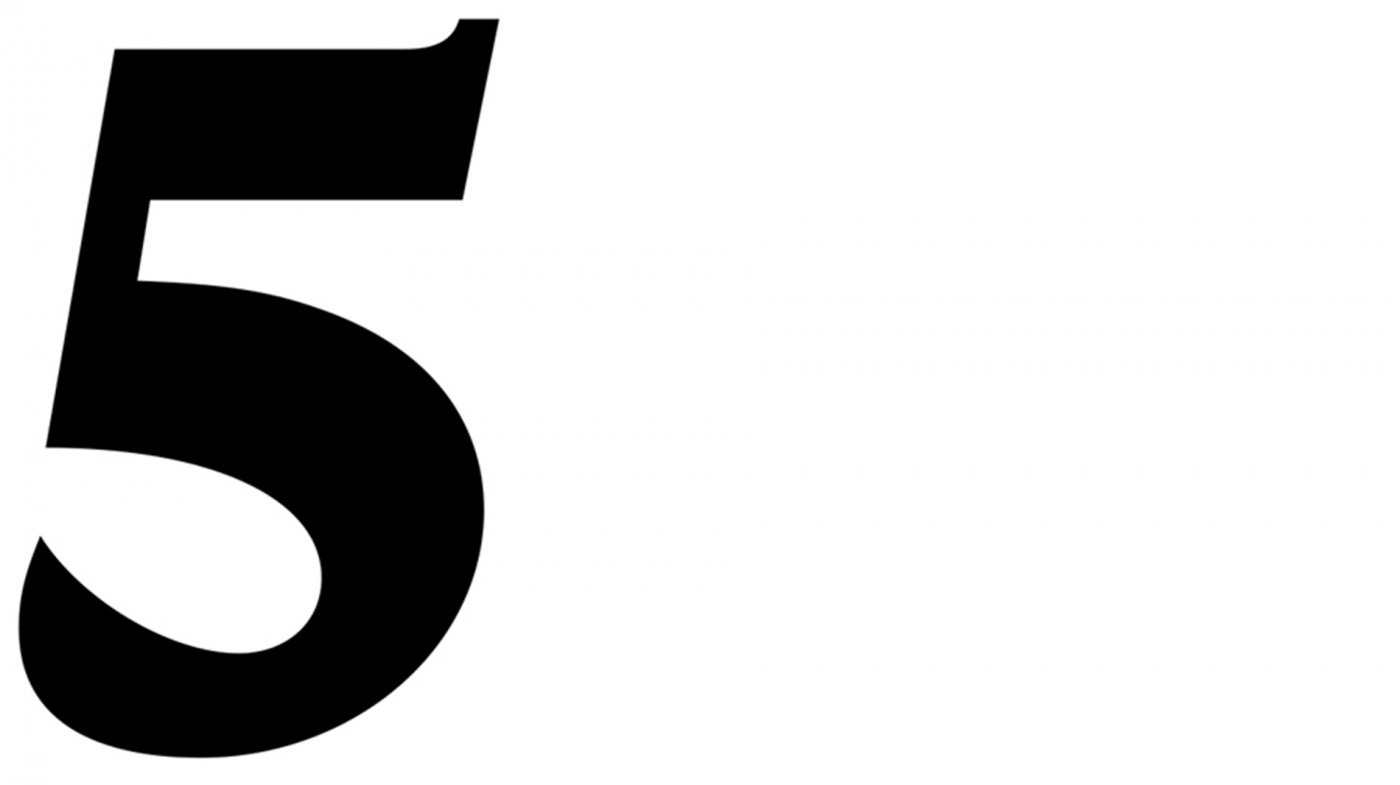
We’ll engage more with the world
Mathew Johnson, Executive Director, Swearer Center for Public Service; Director of the College and University Engagement Initiative; Associate Dean of the College, Engaged Scholarship; Professor of Practice, Sociology
Johnson says the next big thing is something Brown is already doing, but can vastly expand: “engaged scholarship.” The concept, according to the Swearer Center, involves combining the knowledge and skills on campus with the wisdom and experience of members of the wider community, thus “eliminating a hierarchy of knowledge and a one-way flow of knowledge outward from the college or university.” The Swearer Center runs an engaged scholars program but right now, it’s available only to students in certain concentrations. Johnson says the center is applying to turn it into a certificate program available to students in all fields. Incorporating community involvement into academic studies would then become something the University curates and treats with the same level of academic rigor, structure, and intentionality as it brings to traditional coursework, he predicts.
An example of engaged scholarship might be a course in housing policy in which a professor partners with a community organization to create an academically rigorous learning experience—but one that is also built on the concept that “the faculty member is not the only source of knowledge.”
Johnson hopes to see the University help students inject more academic rigor into the internships and other extracurricular learning opportunities they pursue. He notes that many Brown students already take leave to work or explore the world or venture from campus to pursue issues they’re passionate about, from literacy to the environment to supporting refugees. The more ambitious goal, he says, is to “help students harvest the most learning from these experiences.”
As an example of how this might work, Johnson describes two hypothetical computer science students. One might get an internship at Google, which would theoretically provide a structured learning experience.
“But if you’re a student whose passion is not about coding but ‘How do I use coding to transform city and state bureaucracies to make them more efficient and open to disenfranchised populations?’” No one in that bureaucratic government environment is likely to have the time or expertise to provide the same level of rigor as whoever’s overseeing interns at the tech giant, he says. “The truth is, they’re missing a piece that the Google student got.”
Brown’s goal, he says, should be to provide the guidance for students to get the most out of such out-of-the-box internships and also to help them understand how to engage ethically in enterprises that center on complicated issues and can affect real people’s lives.
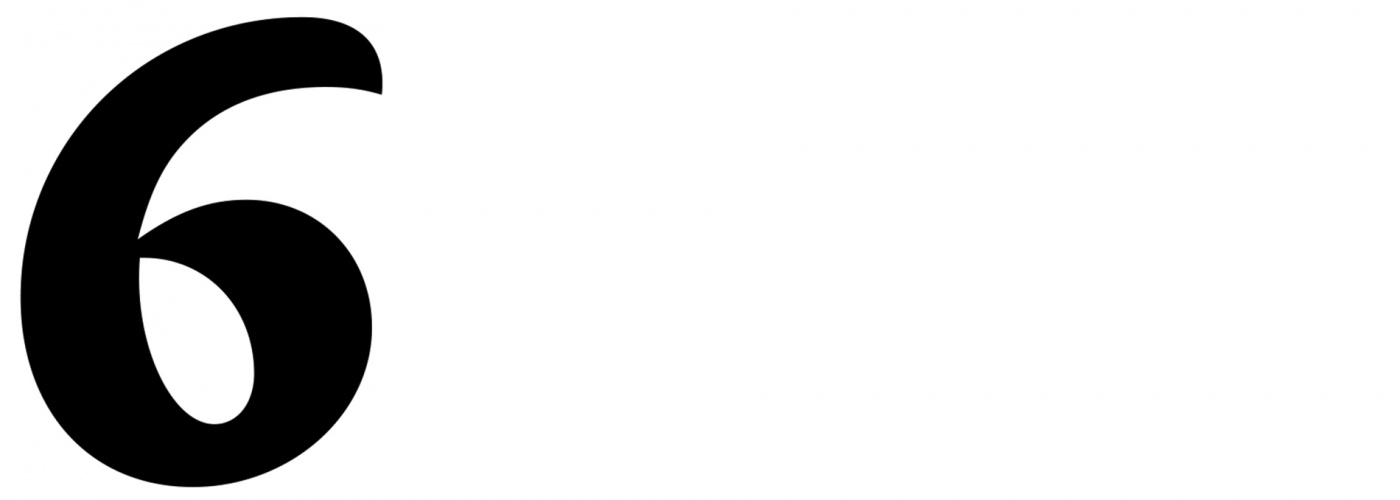
We’ll go way more digital
Karen Sibley, Vice President for Strategic Initiatives
You know the age-old tradition of a professor speaking while hundreds of students take notes? Sibley predicts that style of University teaching will go the way of the spiral notebook. In her last role at Brown, Sibley oversaw the executive master’s degree program, where much of the instruction is online, with programs designed using the latest research on learning styles and attention spans. Not surprisingly, she views technology as a once-in-a-generation disrupter.
Online learning may seem as if it puts more distance between teacher and student than even the most cavernous of classrooms, but Sibley says the opposite is true. Today’s online learning isn’t students sitting watching a video, but rather “engaged learning,” she explains. The best analogue isn’t a huge, impersonal lecture hall, but a seminar room where students are always getting called on or chiming in.
The technology allows that to happen in numerous ways. Students can submit comments and questions verbally or in written form. Some students may think and react in the moment, while others will take more time to reflect or read up before offering thoughts. The approach allows students with different learning styles and comfort levels to participate as fully as possible.
What that means for Brown’s future, Sibley says, is that while the University will “persist in the delivery of excellent residential learning experiences,” it also needs to embrace a changing learning environment. That could look like, for one example, sending students in an environmental studies course out to winter break internships across the globe, then having them gather online to share their experiences, all under the guidance of a faculty member. “There are so many more versions of this than we can imagine that would enhance the learning experience,” she says. “It’s about having a variety of learning opportunities that are suitable for different needs at different moments.”
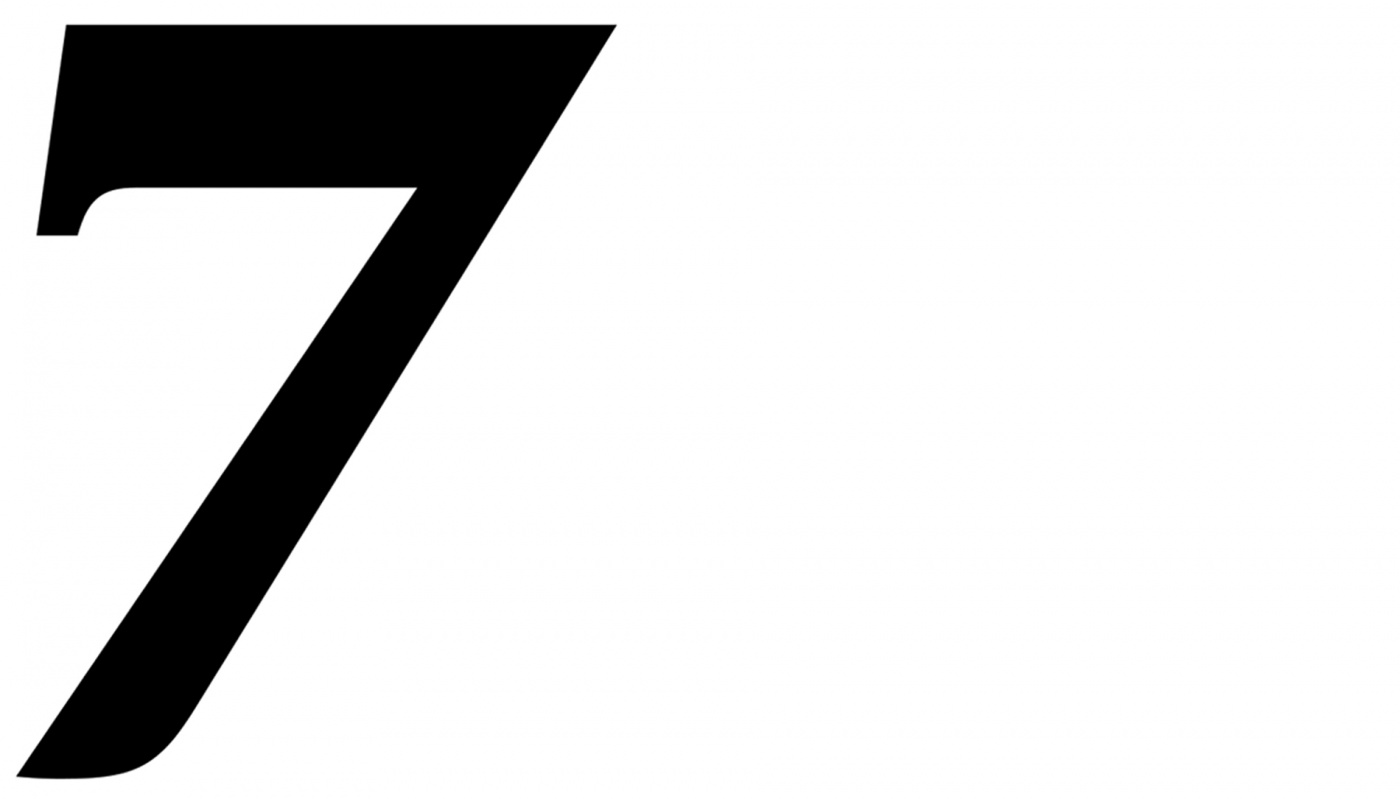
We’ll never stop learning
Elliot Maxwell ’68, consultant and co-author of the Magaziner-Maxwell Report, which led to the Open Curriculum.
Maxwell helped spearhead the opening up of Brown’s curriculum. Now he wants the University to give graduates a key to the Van Wickle Gates, metaphorically speaking, so they can come back and learn more when they need to.
“The way we talk about post-secondary education really needs to be rejiggered so we talk about lifelong student learning,” Maxwell says. It’s still about 18- to 24-year-olds in a residential setting, operating under the notion that “there is a chunk of time in your youth where you are focusing on understanding yourself in the world, understanding the impact that you might have, what you want to be able to do.” But today’s world requires lifelong learners who continually build new skills, broaden their perspectives, and challenge themselves. Maxwell argues Brown could make this philosophy more central to its large community of graduates.
Maxwell also hopes Brown will not just serve paying students but identify and unleash talent the world over. Free online courses offered by major universities have already shown that there are people all over the globe who lack formal training at top universities but who nevertheless can do the work. Web-based learning can help overcome geographic, financial, cultural, and gender barriers.
As Brown moves into this field, Maxwell says it’s important to balance the business imperatives with the real opportunity to vastly broaden access. “We know we’re going to monetize part of it, but we’re always going to maintain a pathway for people to audit any course we offer for free,” he says. “We’re always going to be looking for that kid from Mongolia who might be able to demonstrate his or her capacity.”
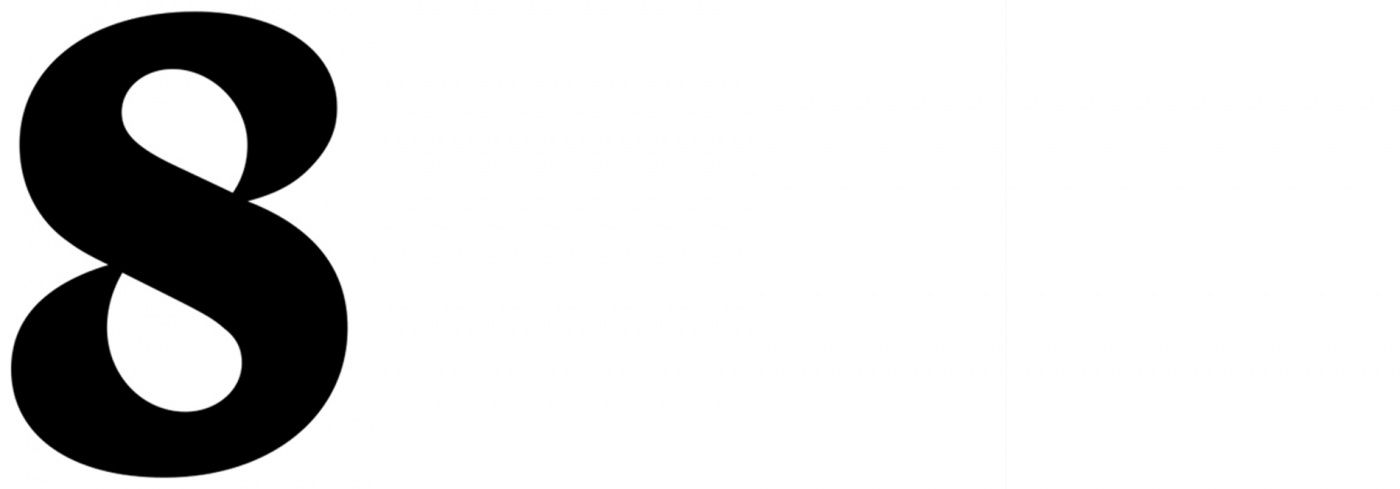
We’ll confront Brown’s privilege
Ethan Morelión ’20, political science concentrator and participant in the Swearer Center’s Engaged Scholars Program and Bonner Community Fellowship
Morelión sees the type of community engagement the Swearer Center promotes as key to addressing Brown’s place of privilege and turning it into a true community partner. That’s the next big innovation he’d like to see the University embrace.
It’s also the goal of the Engaged Scholars Program. Morelión, a native of Big Spring, Texas, is one of 110 students in the program spanning 15 concentrations, from education to engineering to theatre arts & performance studies. The program, which is entering its fifth year, enables students to combine academic study with community engagement. Like Mathew Johnson, Morelión sees that growing campus-wide. Such expansion would mean “using the resources, understanding the history, and having the Providence community be at the forefront of the work that happens, for the greater good of the community that Brown’s in.”
“The Brown bubble is a real thing for many people,” says Morelión, who has taught reproductive health in Providence schools. “I think the bottom line is that the issues that we talk about, the academic material, do not exist in a vacuum. It affects real people. We have a responsibility to take that beyond the classroom and implement real change, not for the community but with the community in culturally sensitive ways.
“I’m a low income, first-generation student, and I still realize that Providence is a new community, there’s a unique history here with a unique set of individuals coming from all different parts of the world, and I need to learn what is the best way to engage. That means having conversations. That means checking my own privilege of being a Brown student. It can be hard, and you have to face some really tough truths about what it means to go to Brown. Those kinds of lessons can apply for any undergraduate to any of the work we do.
“Brown is a place for unconventional learners who really look at problems in a different light. With the resources, privilege, means, and willpower to collaborate, that can mean important change for people who need it most,” he says.
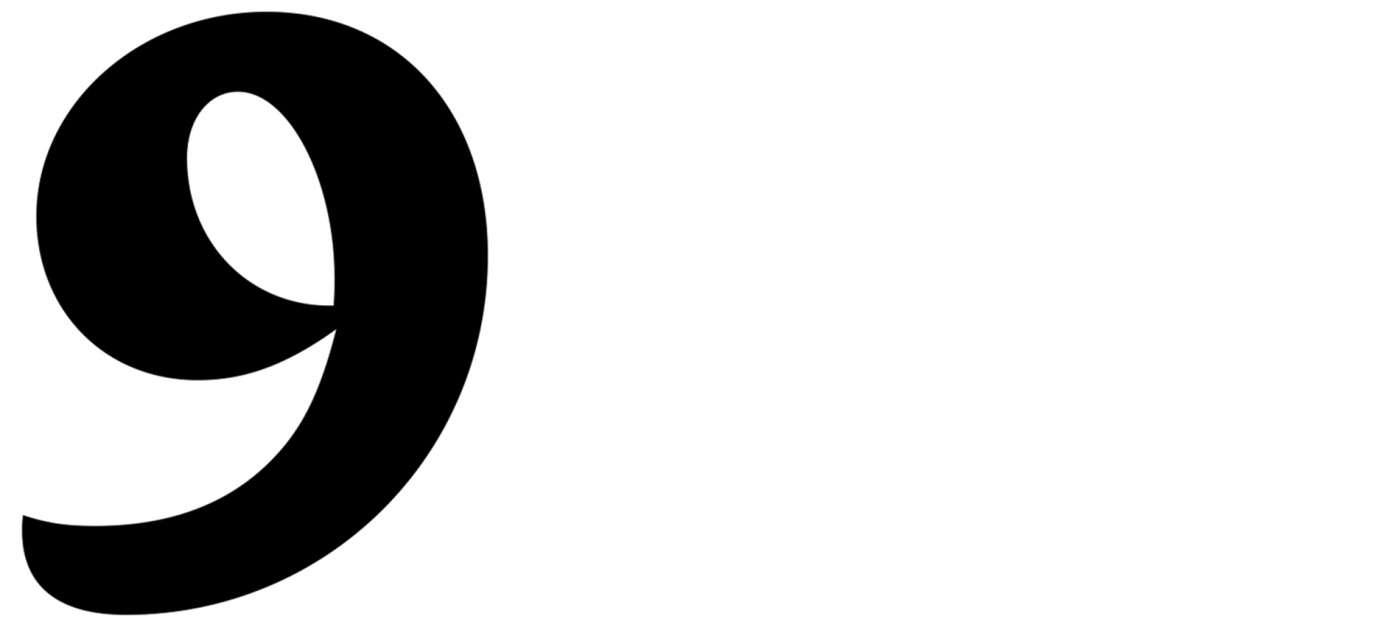
Allison Gaines Pell ’96, Head of School, The Wheeler School
One of the big ideas that Magaziner and Maxwell zeroed in on a half century ago, training students in the fine art of learning how to learn, is still the best way to prepare them for vocations that don’t even exist yet, argues Allison Gaines Pell ‘96, head of school at the Wheeler School near Brown’s campus. Her proposal is to have the next generations of undergraduates spend their first three years preparing to take on a senior project to “pose, research and answer an original question, and to extend research into the world beyond the university but with the support of its capacities.”
“What if all graduates already had a plan for implementation of their possible next steps—for an action or intervention in the world—as they walked through Van Wickle gates?” she asks.
As someone who studied under the open curriculum, Gaines says Brown impressed upon her the centrality of curiosity and drive to the pursuit of learning.
“At no time has this been more foundational than today, when this next generation will confront problems unlike those any the planet and humankind have ever faced,” she adds. “There are no ‘distribution requirements’ for the world we live in today.”
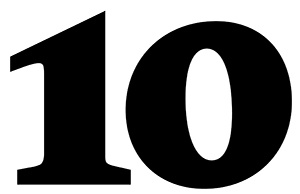
Rashid Zia ’01, Dean of the College, Member of the Open Curriculum at 50 Steering Committee
When Zia looks ahead to Brown’s future innovations, he thinks less in terms of the next big change than about continuity. That’s because he views the Open Curriculum, even in middle age, as a vehicle for constant invention.
Its philosophy—“to foster the intellectual growth of the individual student”—has paved the way for repeated innovations over the years. Zia cites the Writing Fellows program, in which students in select courses work through drafts of their papers with peer fellows before submitting a final version to faculty members. The program came along in 1982, well after the Open Curriculum was adopted, but Zia says it “epitomizes” it.
Looking to the future, Zia talks of expanding such peer-to-peer teaching. One initiative, introduced in 2018 via the Sheridan Center for Teaching and Learning’s Brown Learning Collaborative, is a Problem-Solving Fellowship aimed at training students with STEM backgrounds to help fellow students figure out not just familiar problems but also unfamiliar ones.
Zia also points to another initiative of the Sheridan Center, Course-based Undergraduate Research Experiences, or CUREs. The premise is that students are now coming to campus ready and able to figure out how to pose big research questions. These courses allow them to explore these questions.
This, too, Zia emphasizes, is not separate from the Open Curriculum but an expression of its goal of having students and professors collaborate. “We’re always going to find new methods of living out these values, these ideals.”

